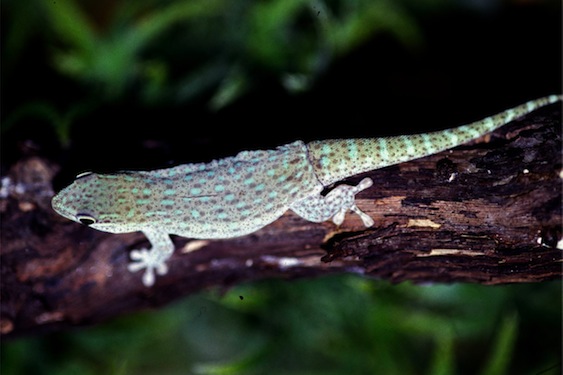
Image © Emmanuel Van Heygen
Distribution
Phelsuma breviceps inhabits the dry south western coast regions of Madagascar. More specific locations are Anakao, Lac Tsimanampetsotsa, Ampanihy, Betanty and Itampolo. These locations are all in the vicinity of the coastline except for Ampanihy that lies about 50 km inwards. One record exists from Tamatave (Hallmann, 1993) but this must be a single case of anthropogenic dispersal. Records north of Toliara (Meier, 1993) have not been confirmed.
Terra Typica (resticta)
Land between Lac Tsimanampetsotsa and the Indian Ocean.
Biotope
The habitat of Phelsuma breviceps is the spiny dessert region, the driest area of Madagascar, with an average annual rainfall of less than 350 mm, and the dry season may last for 9 to 11 months. A wet season extends from October to April, but prolonged periods of drought are not uncommon. As a result, the plants of this region are highly adapted to dry, sandy soils and other harsh conditions.
One of these plants, associated with Phelsuma breviceps, is a treelike thorny succulent, Euphorbia stenoclada. These plants, reaching a height of 2,5 m, have a thorn-less 'tree trunk' with many spiny braches covered with sometimes more than 10 cm spines and thorns. The females of Phelsuma breviceps deposit their eggs between these thorny labyrinths where they, and the animals themselves, are very well protected against predators. The geckos spent most of the day on the trunk of these plants and retreat between the spines when threatened or when night falls. The only other vegetation associated with Phelsuma breviceps are dead, often hollow trees that give quasi the same protection as Euphorbia stenoclauda.
